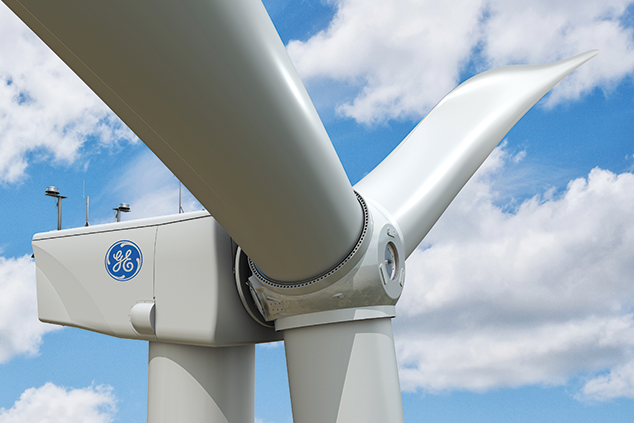
The conglomerate’s eviction from a key American stockmarket gauge is a reminder to check what’s in an index.
This week, the only remaining founding member of America’s second-oldest stockmarket index – the Dow Jones Industrial Average (the Dow Jones Transport Average is the oldest index) – finally lost its position. Industrial group General Electric was part of the index when it was formed in 1896, and had been a continuous member since 1907. But now GE – once America’s most valuable company – is being replaced by pharmaceutical chain Walgreens Boots Alliance. As John Authers notes in the Financial Times, GE is still a significant company, worth around $110bn, but that’s a shadow of its peak value of $500bn.
However, this is not just a cautionary tale or an interesting piece of stockmarket history – it’s also a useful illustration that not all stockmarket indices are created equal. You see, GE is not losing its place in the Dow solely because it has lost value. Indeed, GE still has a bigger market capitalisation than several other members, including Caterpillar and United Technologies. Instead, the issue is GE’s low share price.
Weird as it may seem, the Dow – which consists of just 30 major US stocks – is weighted by share price. In other words, a company with a share price of $200 has a larger weighting than one with a share price of $100, even if the latter company has a much bigger market cap. For example, Boeing is the top-weighted stock, with a share price of more than $340 and a market cap of more than $200bn. Pfizer, with a market cap of just over $210bn, has the second-lowest weighting (just above GE) of any stock in the index, with a share price of $36. The weighting method is one reason that significant US companies such as Amazon are not in the index – with a share price of more than $1,000, any daily move in Amazon’s share price would have a hugely distorting impact on the Dow.
The Dow is not the only high-profile price-weighted index. The Nikkei 225 in Japan is similar (in contrast to the Topix index, where stocks are weighted by market cap – in other words, the most valuable overall companies are at the top).
To be fair, given its idiosyncratic structure, the Dow does a surprisingly good job of moving roughly in line with its much broader sister index, the S&P 500, notes technical analyst JC Parets. This is one reason why it remains popular with chartists (it’s quicker to take the pulse of the market by flicking through a list of 30 stocks, rather than 500-odd). But overall, the market-cap-weighted S&P 500 is the more influential index, and rightly so. It’s another valuable reminder to always look beneath the bonnet of any index you plan to invest in – you may be surprised by what you find.
I wish I knew what shadow banking was, but I’m too embarrassed to ask
Shadow banking refers mainly to methods by which credit is created outside of the traditional banking system and beyond the oversight of regulators, often leading to the build-up of dangerous vulnerabilities. For example, in the run-up to the 2008 financial crisis, the US financial system became heavily dependent on various investment vehicles that were used to funnel funds into the mortgage market. When trust in these entities collapsed, the entire financial system froze and risked becoming insolvent.
Today, the biggest concerns over the shadow banking sector tend to focus on China. As with the US, shadow banking has grown mainly as a way to skirt regulation and meet demand from both borrowers and investors.
According to researchers at the Bank for International Settlements, the dominant players in China’s shadow banking system are the commercial banks themselves. Bloomberg meanwhile, notes that the sector “has ballooned into a $10trn ecosystem which connects thousands of financial institutions with companies, local governments and hundreds of millions of households”.
One of the main facets of the shadow-banking sector is the issuance by banks and brokerages of “asset management products”. These are effectively high-interest accounts that are sold to companies and households. The banks then lend the money to borrowers of varying quality.
There is an assumption on the part of investors in these products that the financial institutions who issued them will stand behind them if they go wrong (similar to the assumption made about “special purpose vehicles” used to fund mortgage loans during the US sub-prime boom). The risk is that, as with sub-prime, something goes wrong, triggering a run on the financial system and a credit crisis in China that could hit growth hard.